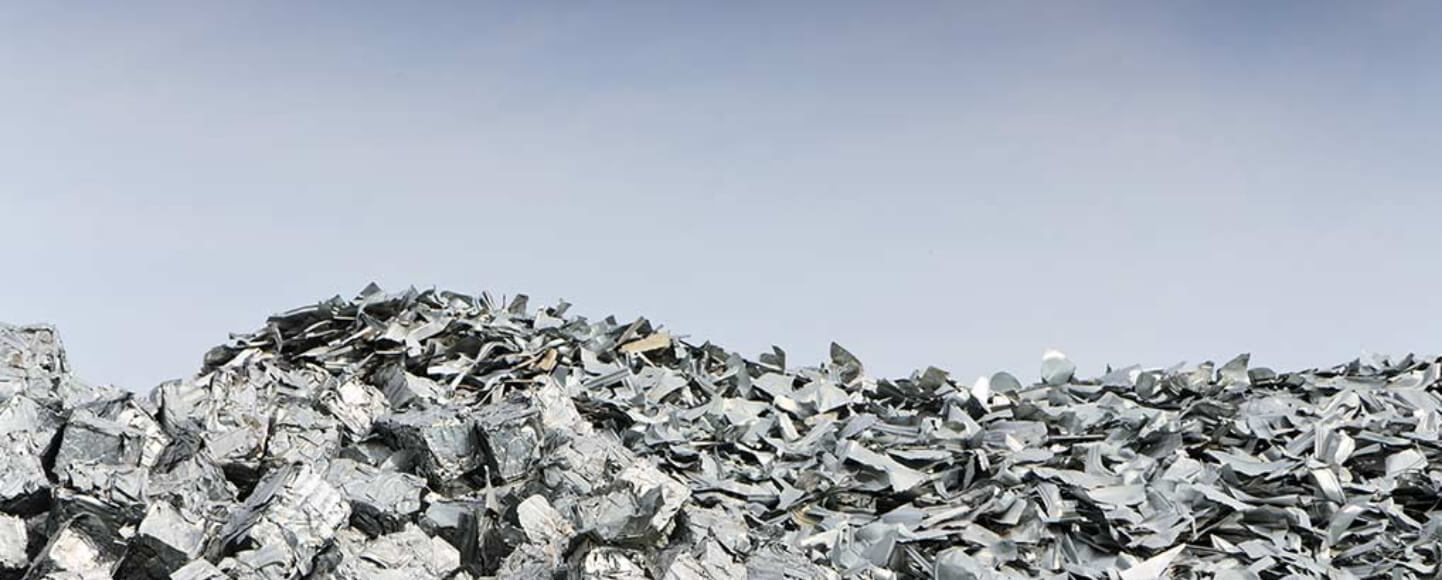What Is the Scrap Metal Recycling Process?
One of the biggest hurdles for construction, demolition and manufacturing companies is disposing of large amounts of metal. Whether they consistently need to get rid of metal or have a project that will require specific disposal efforts, companies should understand...
Read More
Scrap Metal Processing & Sorting Technologies
The scrap metal recycling industry is undergoing a significant transformation thanks to advancements in technology. These innovations are increasing operational efficiency and improving the sustainability of recycling practices. Here’s how modern technology is reshaping this vital sector. Automated Sorting Systems...
Read More
Tips For Reducing Metal Construction Waste
For businesses that make use of metal items or manufacture metal products, finding ways to reduce waste metal offers plenty of potential benefits. In addition to supporting sustainability efforts, it will also preserve metal materials and improve your business's bottom...
Read More
Construction & Demolition Scrap Management Strategies
In the bustling world of construction, managing scrap materials efficiently is an environmental responsibility as well as a business necessity. Effective construction scrap management ensures compliance and can lead to significant cost savings and operational efficiencies. Here’s how you can...
Read More
Is Battery Recycling Profitable For Business?
As businesses increasingly recognize the importance of environmentally sound practices, many are considering the adoption of battery recycling practices. While the ecological benefits are clear, you may wonder if there are also economic advantages to this green initiative. Let's find...
Read More
A Guide To Selling Scrap Metal From Old Cars
Selling scrap metal from old vehicles is a practical way to contribute to environmental sustainability while also earning some money. For those looking to navigate the process of selling scrap metal, understanding the right steps and partnering with a trusted...
Read More



